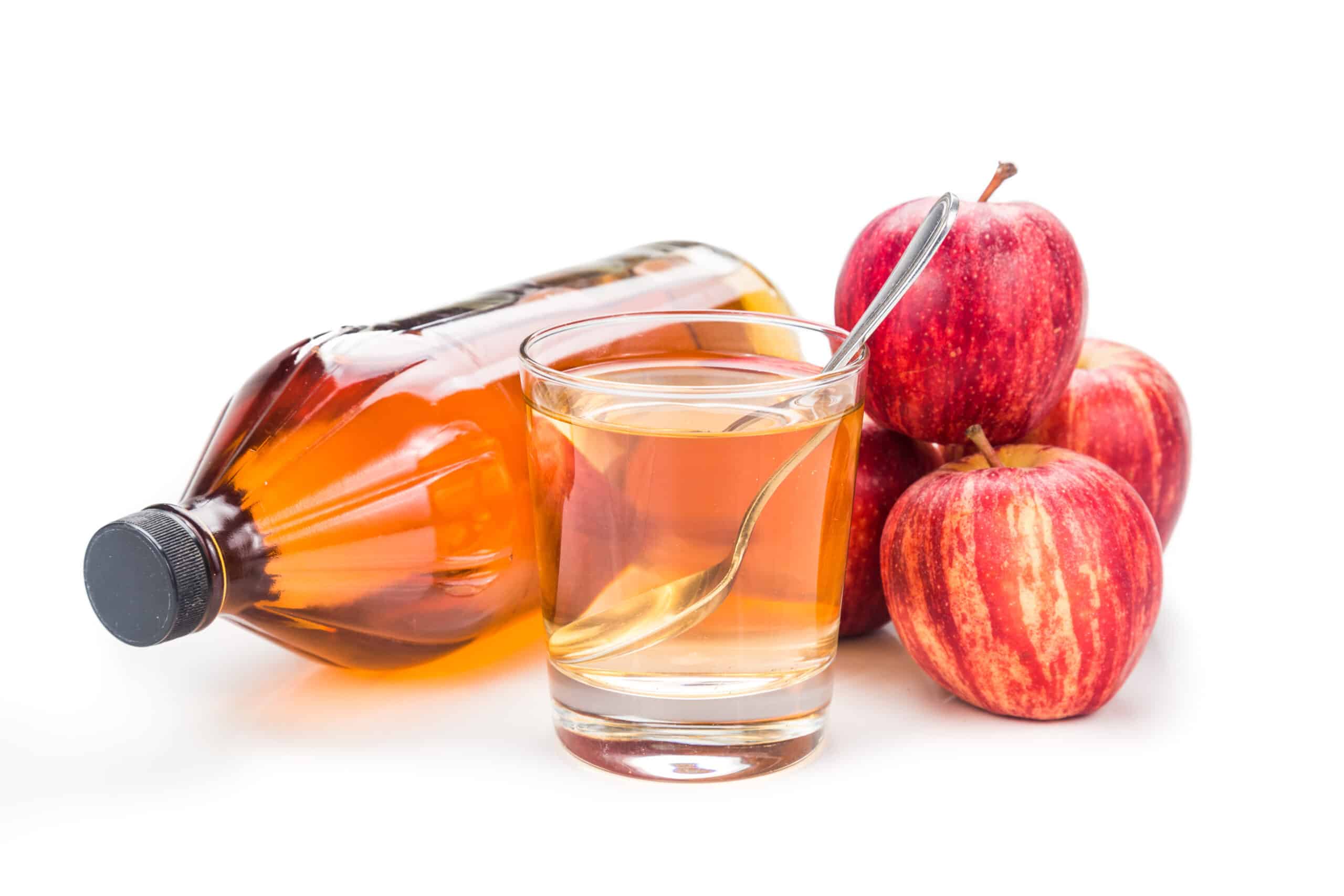Organic, unfiltered ACV contains “mother” strands of proteins, enzymes, and friendly bacteria which gives apple cider vinegar a murky appearance; these “mother” components are believed to be responsible for most of the health benefits, although no studies support this.
ACV is high in acetic acid from the fermentation of apples with sugar, and contains about 3 calories per tablespoon, a small amount of potassium, as well as some amino acids and antioxidants, but very few vitamins or minerals.
Fermenting the apples into alcohol, then further fermentation with bacteria turn the mixtures into acetic acid, which is the main active compound in vinegar. The vinegar content can help to kill pathogens including bacteria, as such traditionally ACV has been used for cleaning, disinfecting, and treating nail fungus, lice, warts, and ear infections.
Hippocrates used ACV for wound cleaning, it has been used for food preserving, and studies show that it inhibits bacteria from growing in food and spoiling it.
One of the most successful applications may be in those with type 2 diabetes as vinegar has been shown to have numerous benefits for blood sugar and insulin levels including improving insulin sensitivity during high carb intake by 19-34% while lowering blood sugar levels as well as insulin responses; reducing fasting blood sugar levels in the morning; and improving insulin function and lowering blood sugar levels after meals.
Human studies have revealed that vinegar can help to increase satiety which will help you to eat less calories and lead to weight loss. In one study those who took vinegar along with a high carb meal reported increased feeling of fullness and ate 200-275 calories less for the rest of the day. In a separate 3 month study of 175 obese people those who consumed ACV daily experienced reduced belly fat and weight loss.
Animal studies have revealed that ACV can help to lower cholesterol and triglyceride levels along with several other heart disease risk factors; some even show reduced blood pressure levels.
Several studies have revealed that ACV may help to kill cancer cells and shrink tumors, but these studies were conducted in isolated test tubes or rats and may not transfer to a live human. Human studies have been observational, meaning more research is needed to confirm findings.
For those that wish to be as chemical free as possible ACV has other uses such as hair conditioning, skin care, dental care, pet use, and as a cleaning agent just to name a few.
Consuming too much apple cider vinegar can have unwanted side effects such as enamel erosion on your teeth and possible drug interactions. ACV does appear to be safe as long as one does not go overboard into excessive amounts.
There are many claims to fame for ACV in the internet, unfortunately most of these don’t have the science to back it up. However, the absence of science is not proof that something isn’t happening as often anecdotal evidence ends up being supported by science later on.
Bottom line is that apple cider vinegar appears to be healthy and it does have some health benefits, especially to weight control and blood sugar, but it is not the miracle cure that some suggest it to be.




